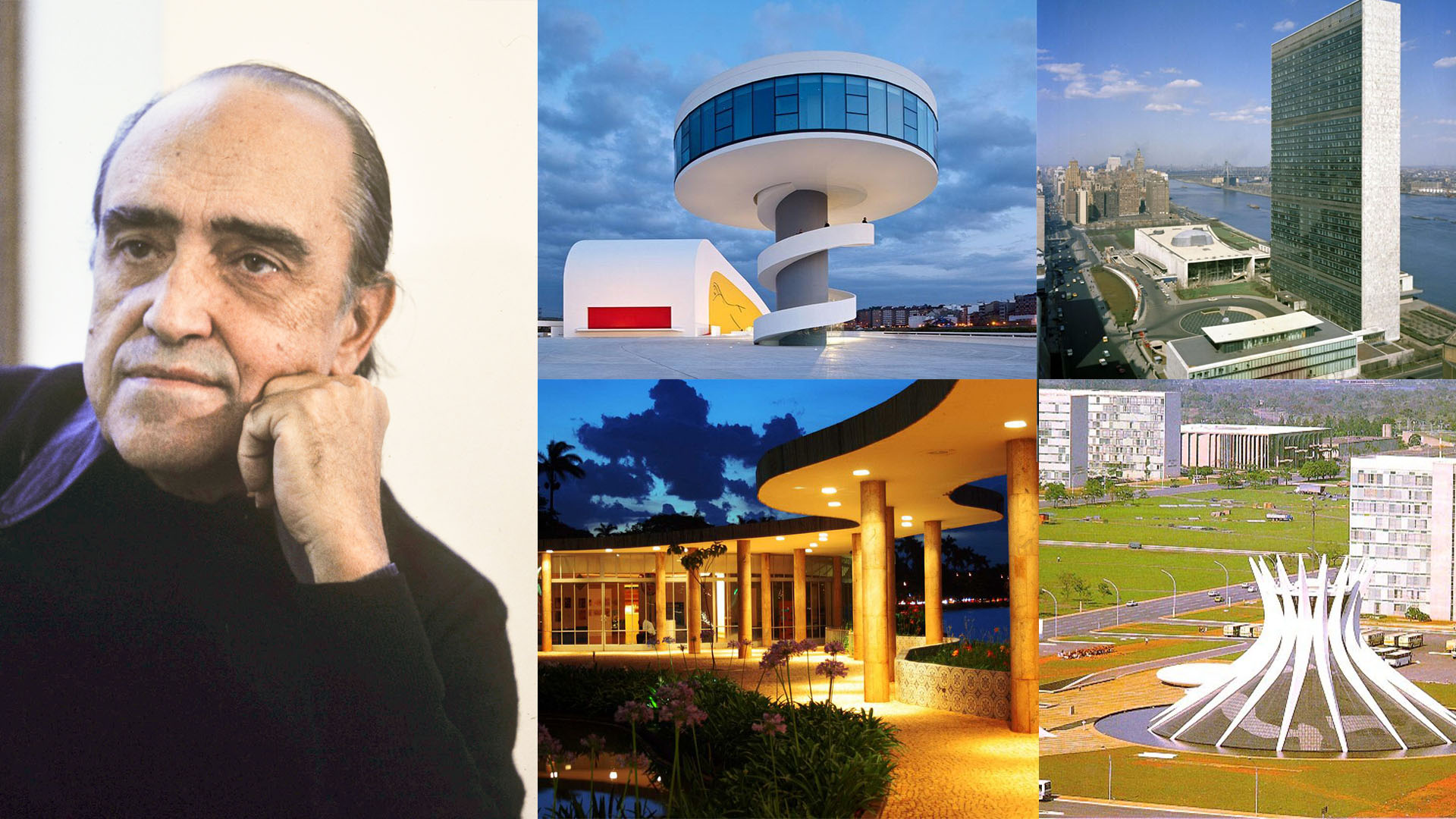The Salk Institute in San Diego is one of the earliest institutes for biological research. That endeavored for the sustenance of humankind, as envisioned by virologist Jonas Salk. Designed by architect Louis Kahn, the institute depicts the dynamic poetry of form and light typical of most of his structures, bringing a peaceful ambiance to a building that assumes a stressful environment. Apart from the aesthetics of the building, the institute has easy directionality due to its simple planning and functionally efficient form.
The History of The Institute
In 1963, American virologist and medical researcher Jonas Salk, well known for developing the Polio vaccine, approached architect Louis Kahn to design the institute by the seaside in La Jolla. The initial funding for the research institute from March of Dimes, a non-profit organization that works for women and children, helped initiate the construction until the 1990s, with a couple of spaces unbuilt to date.
When asked for his idea of a biological research campus, he stated his main aim was to: ‘create a facility worthy of a visit by Picasso’. Thus, the ambiguous concept by the visionary scientist opened possibilities for experimentation and creating beyond the perception of form and architecture.
Also, Read: Openshaw Education Centre, Utah School for Deaf and Blind
The Site Context And Functions of Salk Institute
The spatial organization of the institute takes inspiration from the design of monasteries. Thus, the campus upon the 27-acre land facing the pacific sea separates into three zones: The Meeting House, The Village, and The Laboratories. The Meeting House, a space for the community and The Village that housed the living quarters, remains incomplete to date. The campus comprises eleven laboratories that took inspiration from Richards Medical Research Laboratories at the University of Pennsylvania. The drawbacks such as congestion faced in the research laboratory gave rise to nonobstructive laboratories and other new concepts for the Salk Institute.
Concept
Kahn strived to bring philosophical appeals to metaphysical values as light, silence, and order through linear and geometric forms. Thus, three philosophies implemented characteristic of his architecture are servant-served spaces, monumentality, and measurability.
- Servant-Served Spaces
The segregation of servant and served spaces brought order in the planned zoning of the institute. “Servant” refers to the areas of a building used for mechanical and utility functions such as stairwells and pipes. “Service” refers to the areas of a building used for human activities that can be public or private spaces.
- Monumentality
Structures built before the modern period made use of large scale to bring a feeling of smallness. Thus, a monumental scale can evoke a sense of spirituality in a person.
- Measurability
There are two ways of assessing measurability, that is measurable and immeasurable. Immeasurable include aspects beyond the architect’s control and are an inspirational insight into the nature of the institute. Measurable elements involve means provided to the designer to develop the building within the space and time.
Also, Read: The Center for Development Studies, Trivandrum – A Laurie Baker Masterpiece
Architectural Features of Salk Institute
Exterior Volume And Form
Kahn experimented with several types and mixtures of reinforced concrete for the institute before finalizing on pozzolanic concrete. In contrast, marble and wood for the courtyard and office screens brought a serene atmosphere to the interiors. The sheer imposing forms invoke the monumental essence expressed in his architecture.
From the rectilinear monolithic forms repeating in the elevations, he also took elements of ancient architecture such as classical columns to create the imagery. Additionally, the influence of the pre-modern style of architecture is in the symmetry of the plan. The relationship between the plaza, sky, and its view of the Pacific resembles the Roman villas or the Greek Temple of Aegean.
Light And Shade at Salk Institute
The concept of light is a recurring theme in most of Kahn’s projects, portraying the ability to bring harmony between silence and noise in a space. Thus, the varied nature of form and spaces encourage different ways to light up a room, causing the movement to become poetic. The light also filters through the enormous windows and openings, positioning opposite the water channel and other viewpoints. The lightwells provided occasionally took inspiration from the cloisters of the monastery of St. Francis of Assisi.
Element of Water
Although the institute might seem modern with its heavy, platonic forms at first glance, it comprises both modern and pre-modern elements. As a result, the water feature running the axis of the central plaza is a pre-Modern element of the institute, whose only function is to add a visual component to the courtyard. Apart from the water feature, a sculptural cistern positions itself on the west end of the site. Moreover, the water channel divides it into two halves to achieve symmetry. What makes it an old concept is the fact that the modern era opposes the notion of ornamentation. The cascading pools of the cistern took inspiration from the Mughal gardens in India and Pakistan and the Alhambra in Spain. The sculptural cistern incorporates hierarchy and monumentality that is prevalent in a classical fountain.
Conclusion
Through well-planned architecture, the Salk Institute nurtures an environment suitable for creative minds open to a mentality with a vision for a better future. As a result, the American Institute of Architects (AIA) awarded its prestigious Twenty-five Year Award in 1992 for its striking architecture. Being more of an artist than an architect, Louis Kahn did justice to the abstract concept by integrating nature as a dynamic art in the canvas of architecture. As a tribute to the great scientist, the institute adopted his life motto, ‘Hope lies in dreams, in imagination and in the courage of those who dare to make dreams into reality.
Also, Read: Pearl Academy of Fashion- climate-responsive passive habitat
Discover more from archEstudy
Subscribe to get the latest posts sent to your email.




































